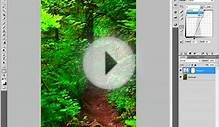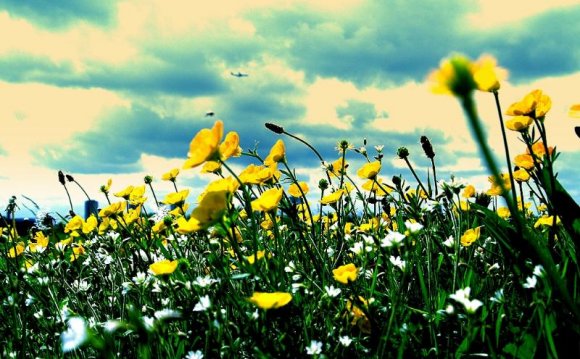
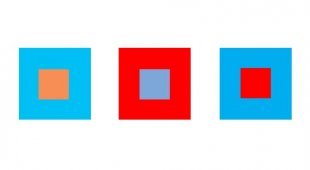 The topic of color relationships in photography is somewhat akin to the topic of composition in that there are no set-in-stone rules governing these issues, yet there are plenty of useful guidelines that some photographers like to adhere to. Color relationships are essentially a set of principles or guidelines that serve to provide a deeper insight into how two or more colors interact from an aesthetic point of view, and how those colors — and ultimately a photograph — are perceived by the viewer.
The topic of color relationships in photography is somewhat akin to the topic of composition in that there are no set-in-stone rules governing these issues, yet there are plenty of useful guidelines that some photographers like to adhere to. Color relationships are essentially a set of principles or guidelines that serve to provide a deeper insight into how two or more colors interact from an aesthetic point of view, and how those colors — and ultimately a photograph — are perceived by the viewer.
Color is something most of us probably take for granted — with the obvious exception of those who suffer from colorblindness. Simply, color rules our world. While black and white photography certainly has its advantages and is even preferred by many photographers, we don’t generally perceive the world around us in monochrome. It is that color seems natural and normal.
Rather than delve into the expansive and arguably complex topic of color theory, we will just take a brief look at basic color relationships and discover a little bit about how those relationships might impact your photography.
Instead of getting bogged down by talk of primary colors (red, green, and blue) and secondary colors (cyan, magenta, and yellow) and the additive process versus the subtractive process, we can cheat a little bit and use a chart.
You will see that red, green, and blue occupy roughly opposing thirds of the wheel. Notice how violet (or purple) is situated somewhere between red and blue. This demonstrates that if you combine red and blue, you’ll get violet. Want yellow? Combine red and green. It’s somewhat of an oversimplification, but it illustrates the basic principles of how color reproduction works and the ways in which groups of colors are related to one another.
Complementary Colors
Colors that are positioned opposite of one another are referred to as contrasting or complementary colors.
Contrasting and complementary? Yes, it may sound counterintuitive but, to the eye, contrasting colors tend to look quite good together; they complement one another. In terms of photography, color contrast does more than just provide a pretty color scheme to look at, it also puts greater emphasis on your subject, irrespective of compositional technique, while also creating great overall interest in the whole image.
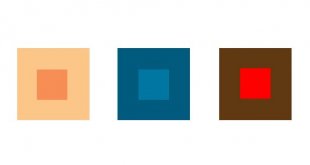
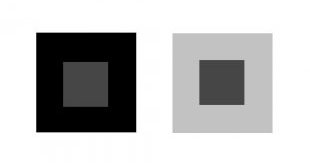
YOU MIGHT ALSO LIKE

